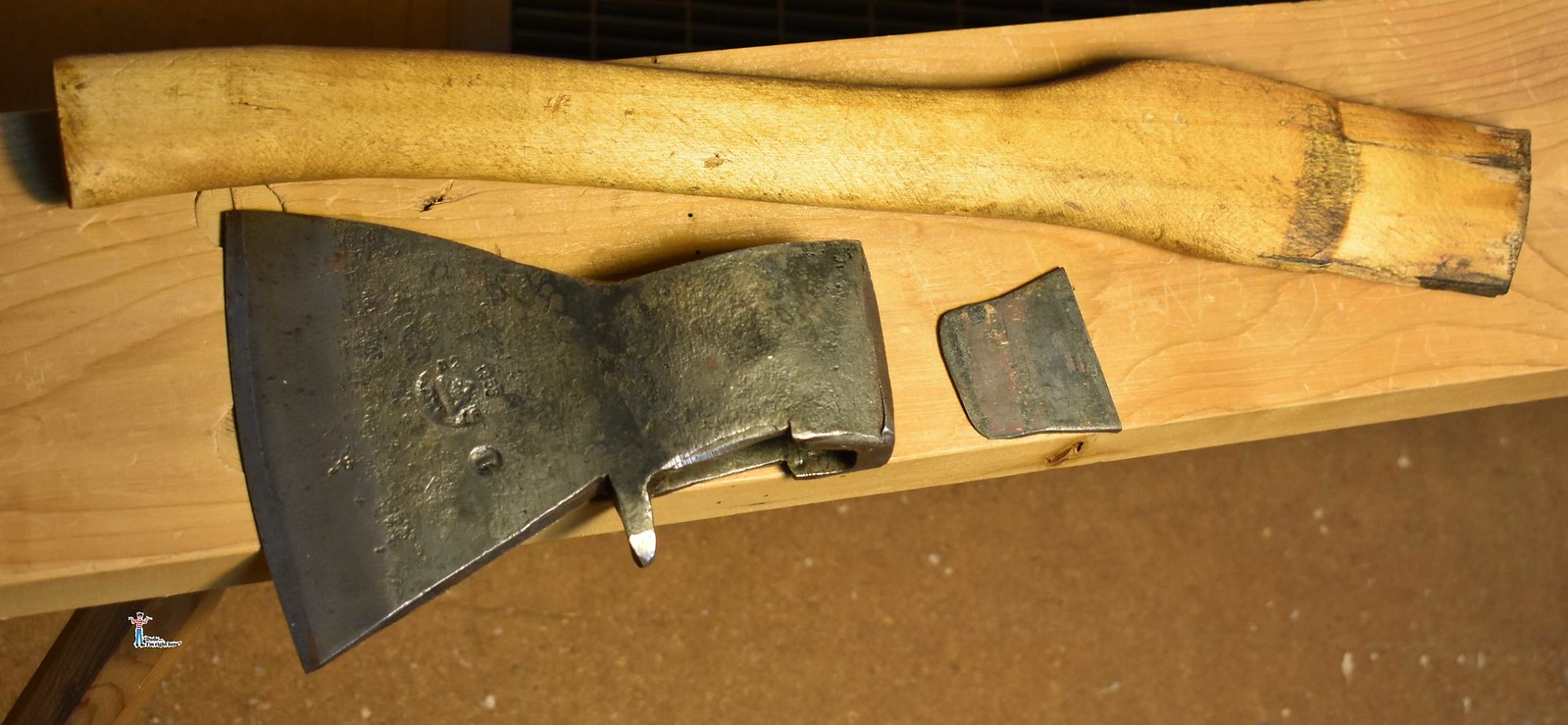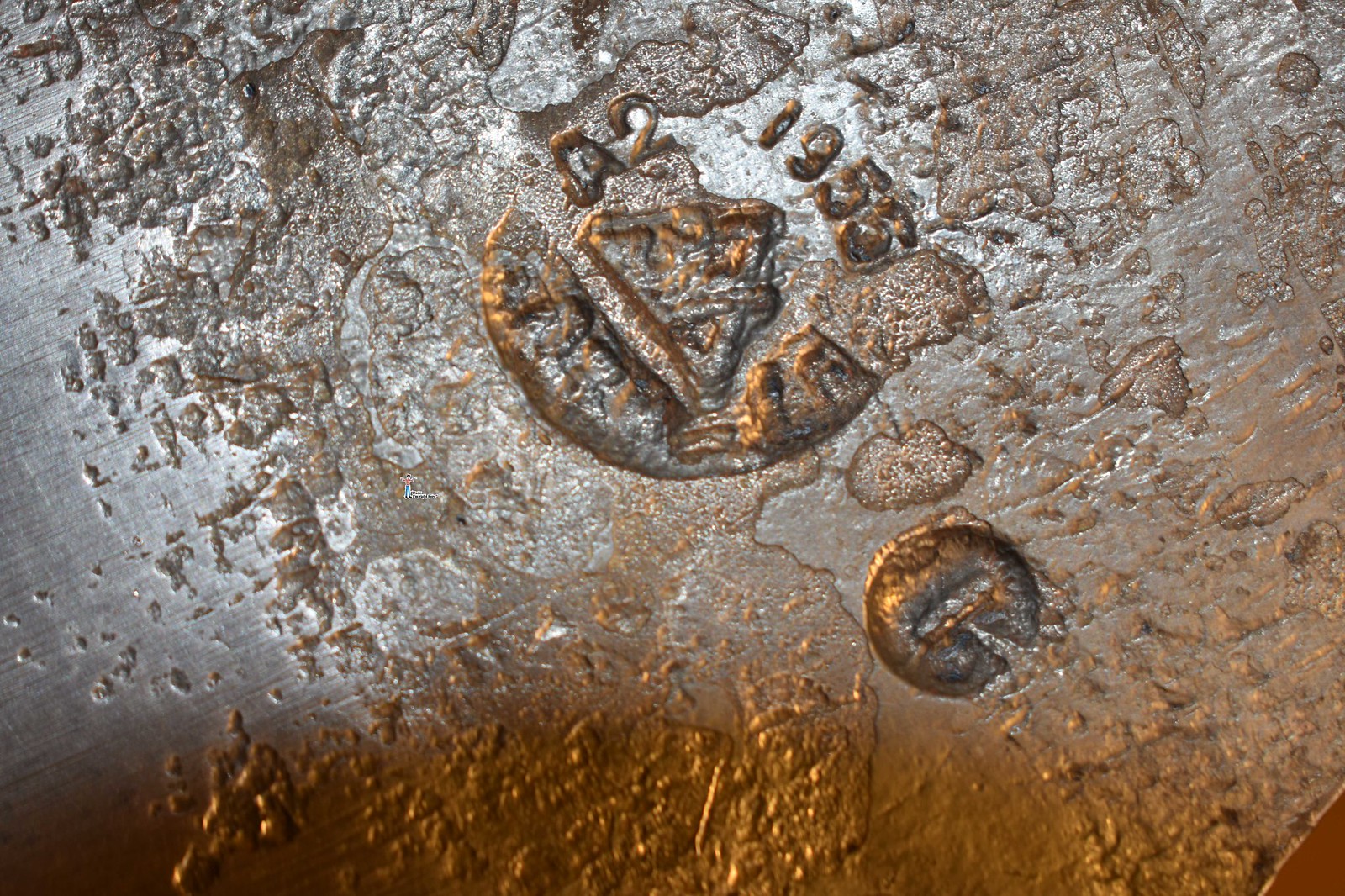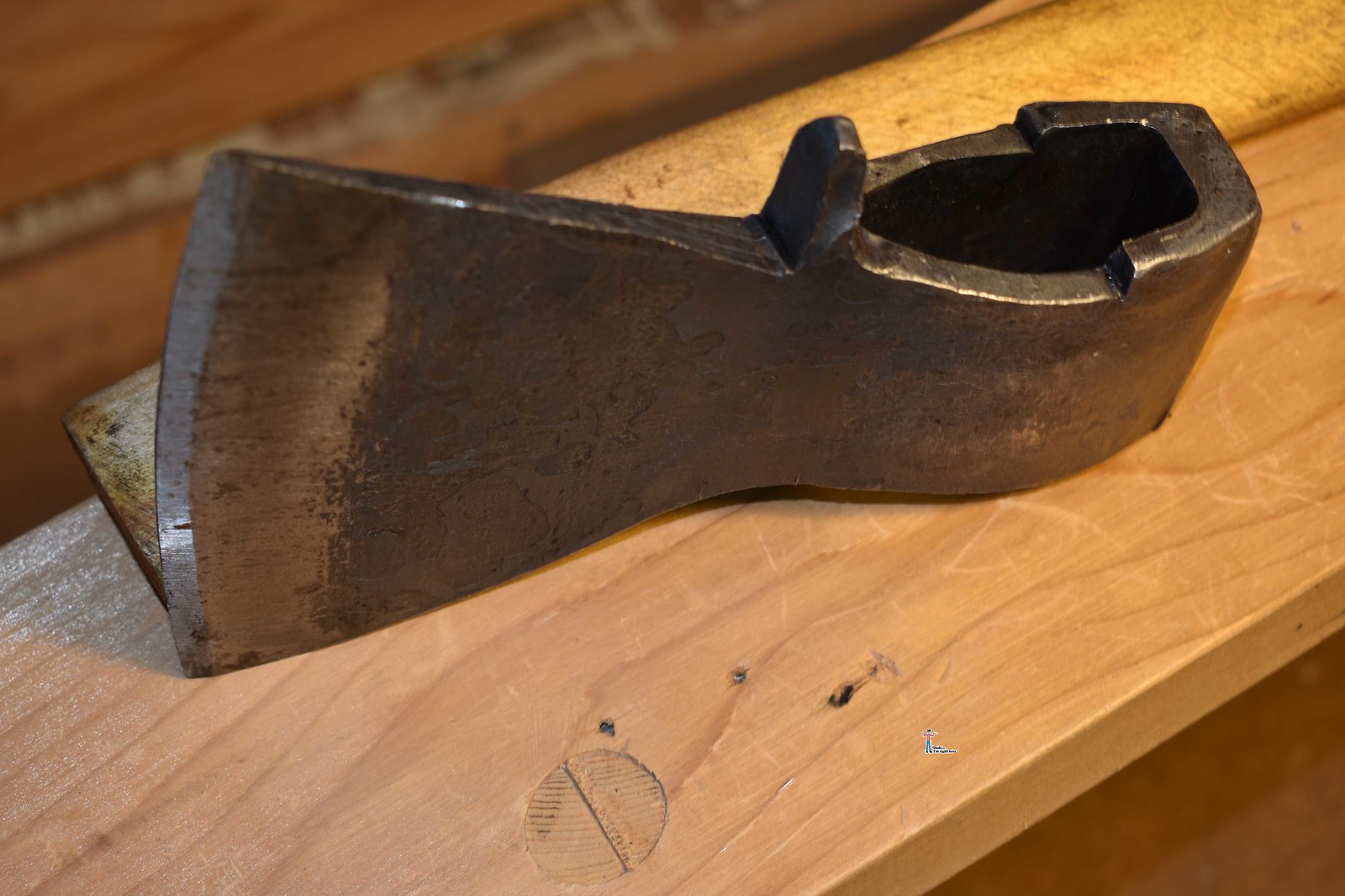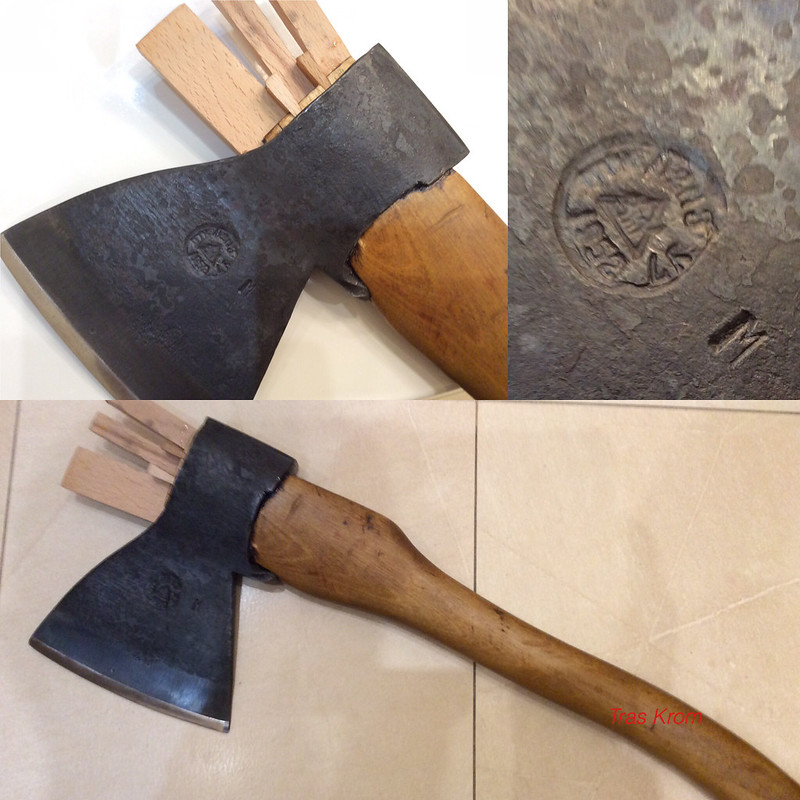He failed to share this knowledge widely once back home, on the throne, or so it seems.
That's a great observation,Ernest, very astute:The axe in that sculpture looks to be a decent German-pattern axe(i'd bet that the shipbuilding tools that Peter got to play with in Holland were pretty sexy).
And yes,Peter has succeeded only in a small part in dragging the rest of Russia to join the rest of Europe in...growing up,essentially,we may call it....
There's a bunch of superficial stuff that did rub off.The parts of the ship and the rigging vocabulary is in Dutch,many tools still bear German names(planes most notoriously),Square_peg's SKS is still called sometimes a "three-line rifle",as the English divided the Inch into tenths then,and three tenths of an inch is a 7.62 mm....The plumbing fixtures and pipe still comes in inches....Not much,eh?
Poor Peter,he did try so hard...Forcibly shaved the beards off of local dignitaries....Chopped off so many heads....And still failed to change much,even that lousy topor!

















